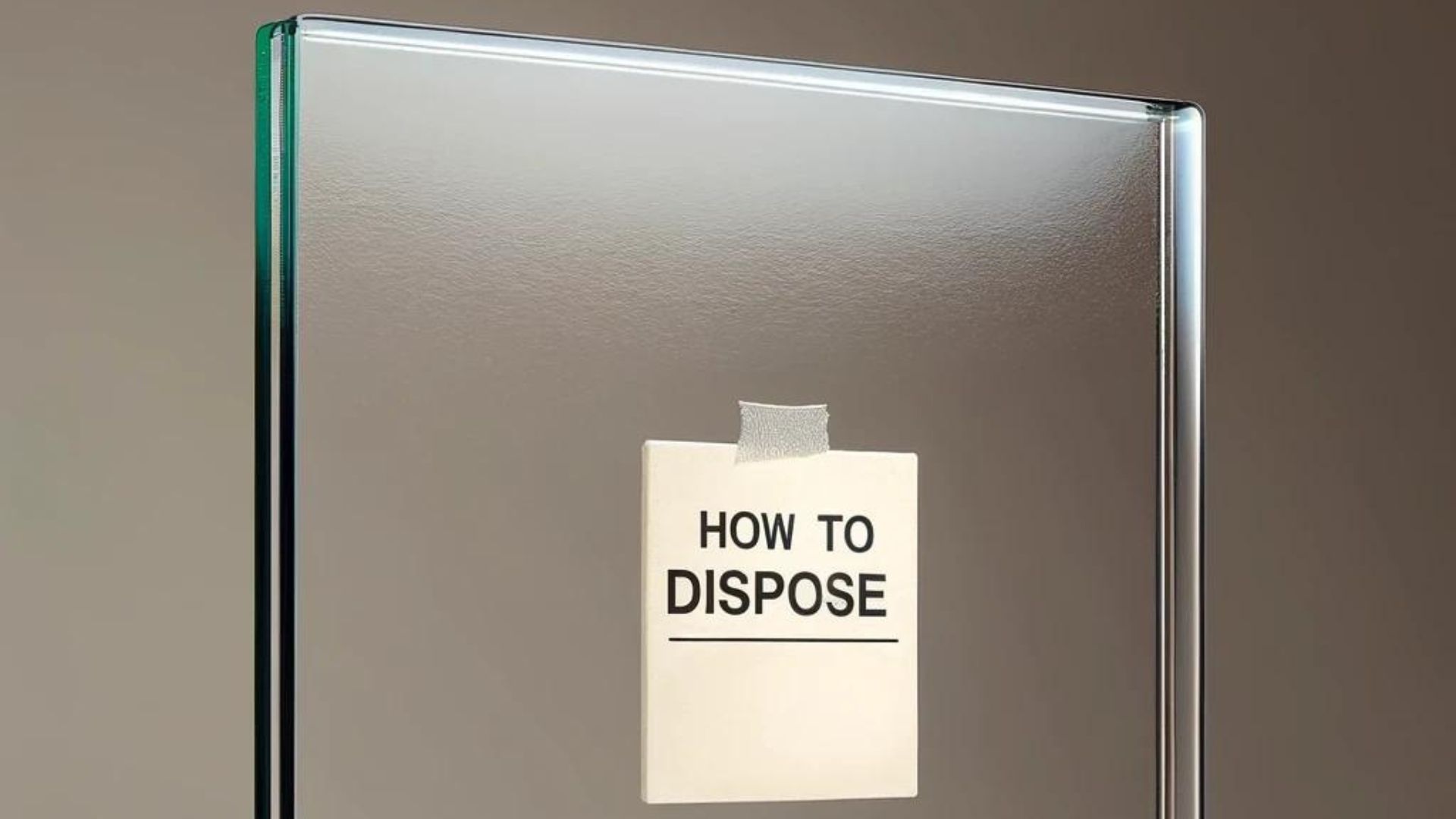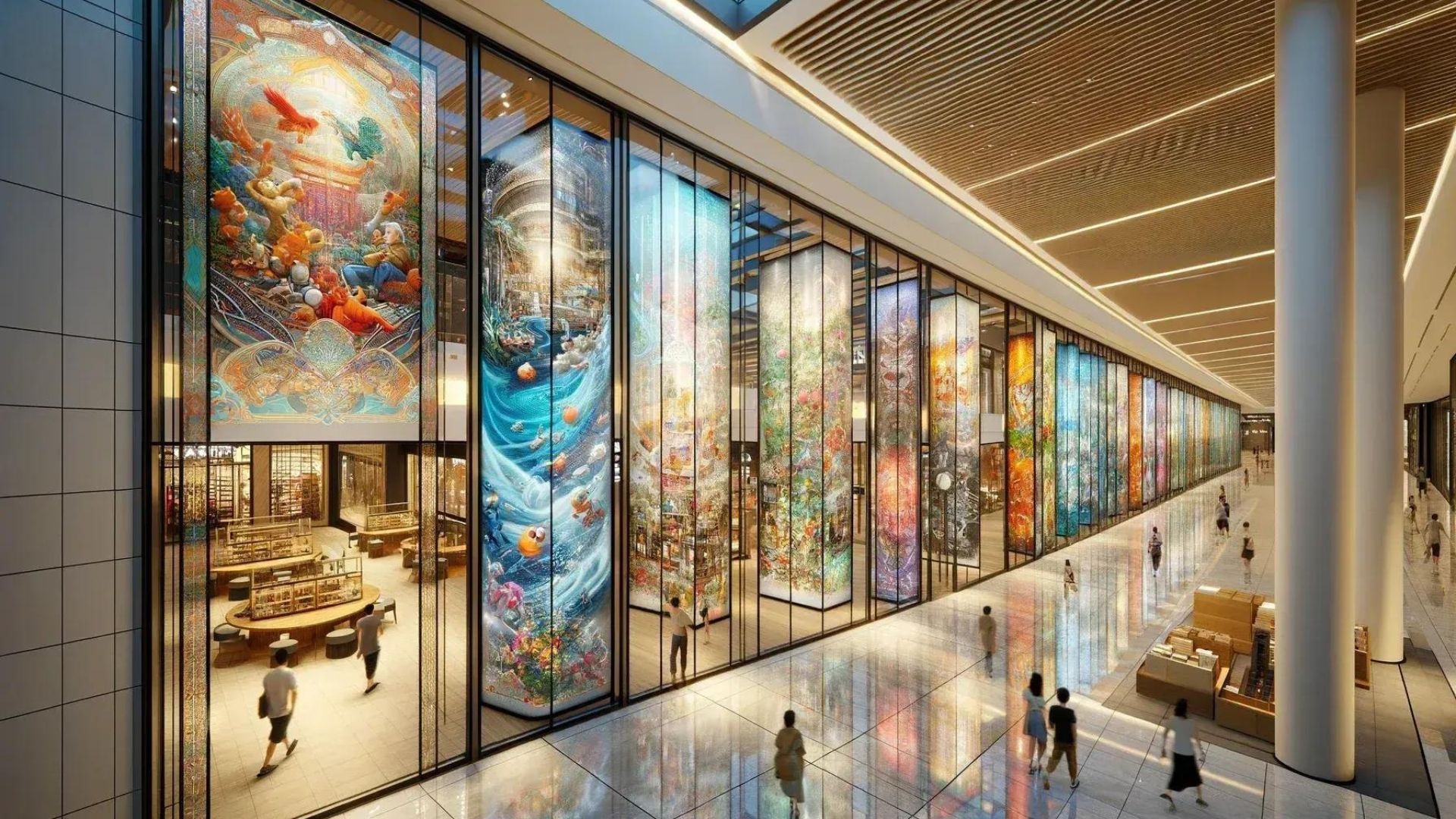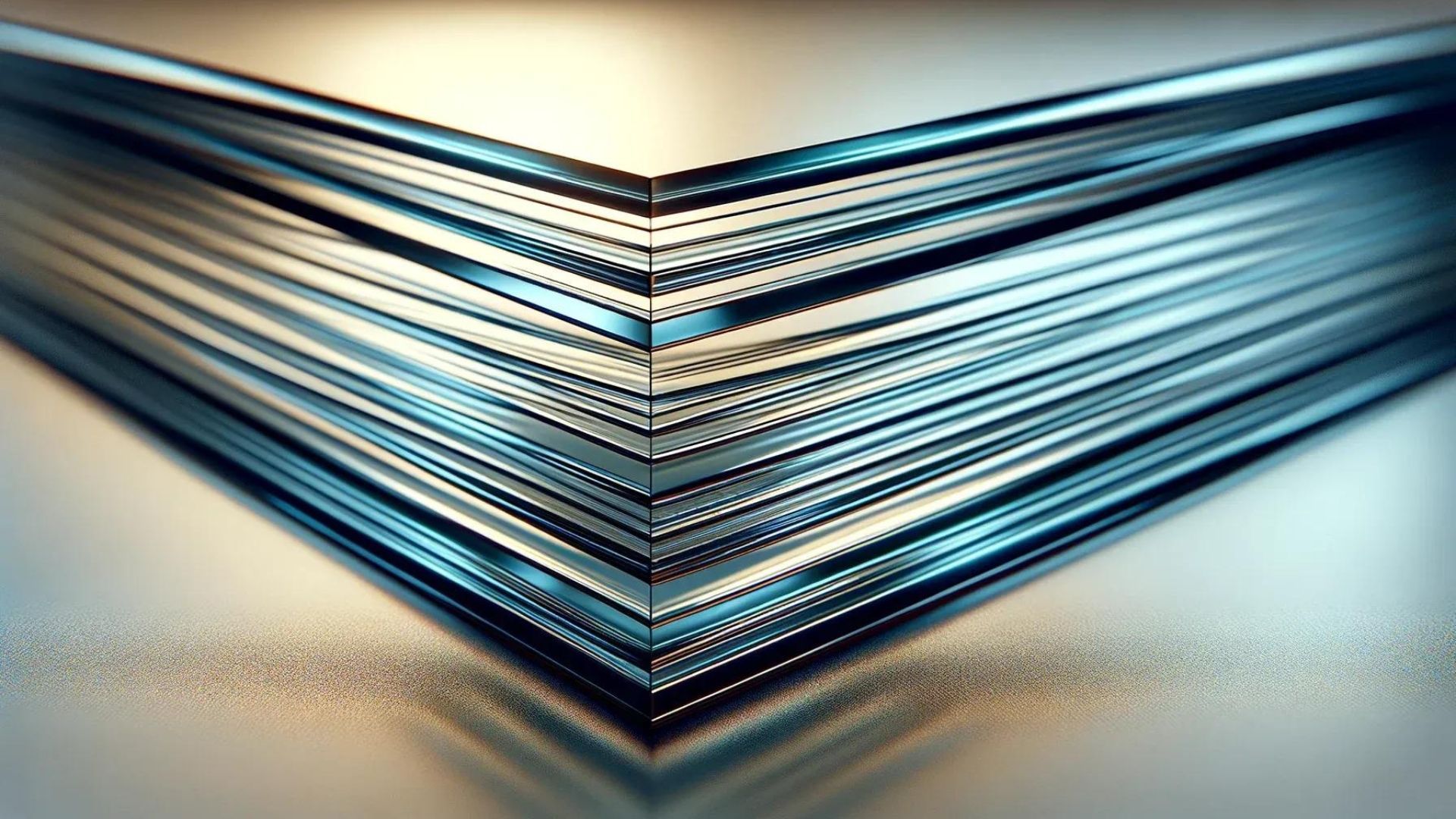
Mirror-making is an ancient art form. Join us as we explore 5 of the most amazing mirrors from history.

Mirror, mirror on the wall, which is the most amazing of them all?
Most mirrors, let's face it, are unremarkable. They do the job reliably and forgettably. Some people go for decorative frames and grand designs – but even then, "amazing" isn't the first word you'd reach for.
But some mirrors are, well, amazing – whether because of their appearance, their history or both. And there are plenty to choose from. After all, mirrors are at least 8,000 years old.
Of course, the first mirrors weren't made of glass. The very first, found in modern-day Turkey, were polished slabs of obsidian. Later examples were made from copper and stone.
Glass was first used for mirrors in the first century AD. These were made by glass-blowers who would blow a glass bubble and then cut off a small mirror-shaped section.
It wasn't until the 19th century, though, that glass mirrors superseded solid-metal mirrors once and for all. That's right – what we now think of as a mirror is only a couple of hundred years old.
In this article, we go around the world in five mirrors. We hope this list gives you a sense of how varied, beautiful and just plain amazing an everyday item like a mirror can be.
We start in Ohio with a mirror that's not called "magic" for nothing…
1. The "magic mirror" at Cincinnati Art Museum
In the Cincinnati Art Museum's East Asian art collection, there's a small and unprepossessing mirror. For decades, it was relegated to a backroom shelf – but today it's back on display.
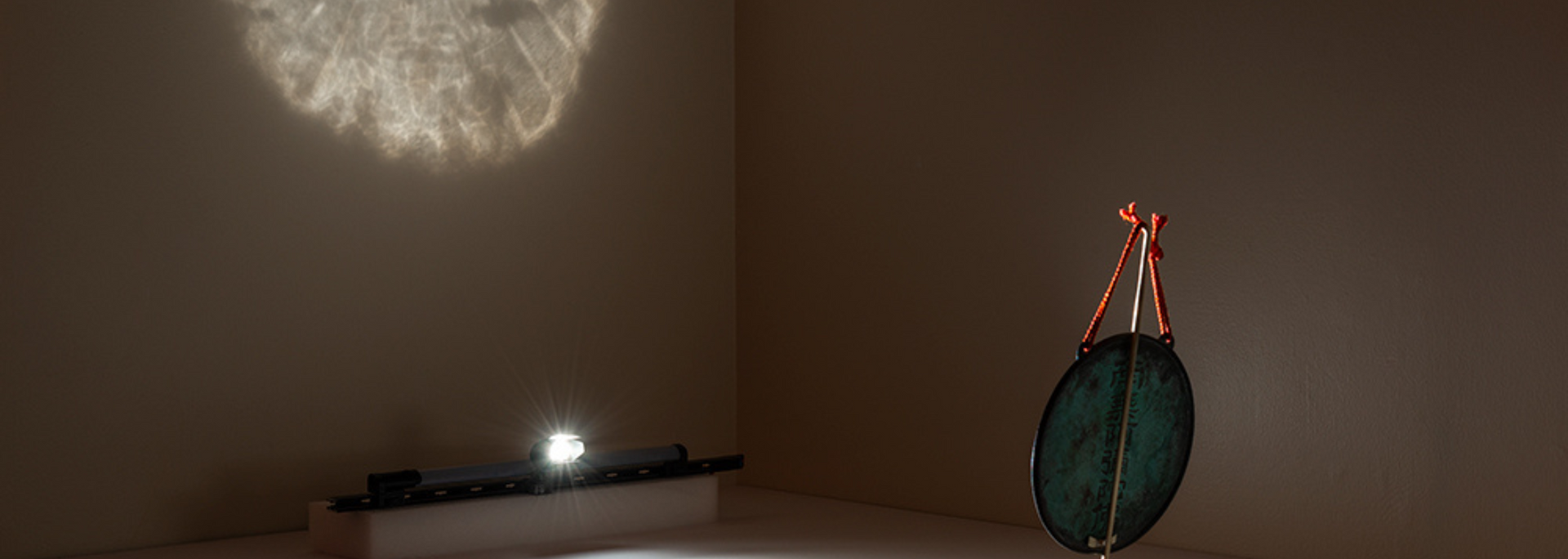
Why? The curators realised it was a "magic mirror": one decorated with a pattern that only becomes apparent in a certain light.
This particular example dates back to the 15th or 16th century and was most likely hung in a temple or noble household. When put under a powerful enough light, it reveals an image of the Buddha, emanating rays of light.
These magic mirrors have been with us since the Han dynasty, around 2,000 years ago. While we now understand the science behind them, experts are still not 100% sure how their makers achieved their effects.
2. Yayoi Kusama's Infinity Mirror Rooms
Across her varied career, Japanese artist and writer Yayoi Kusama has made paintings, sculptures, performances and installations. In 2024, Tate Modern hosted her
Infinity Mirror Rooms.
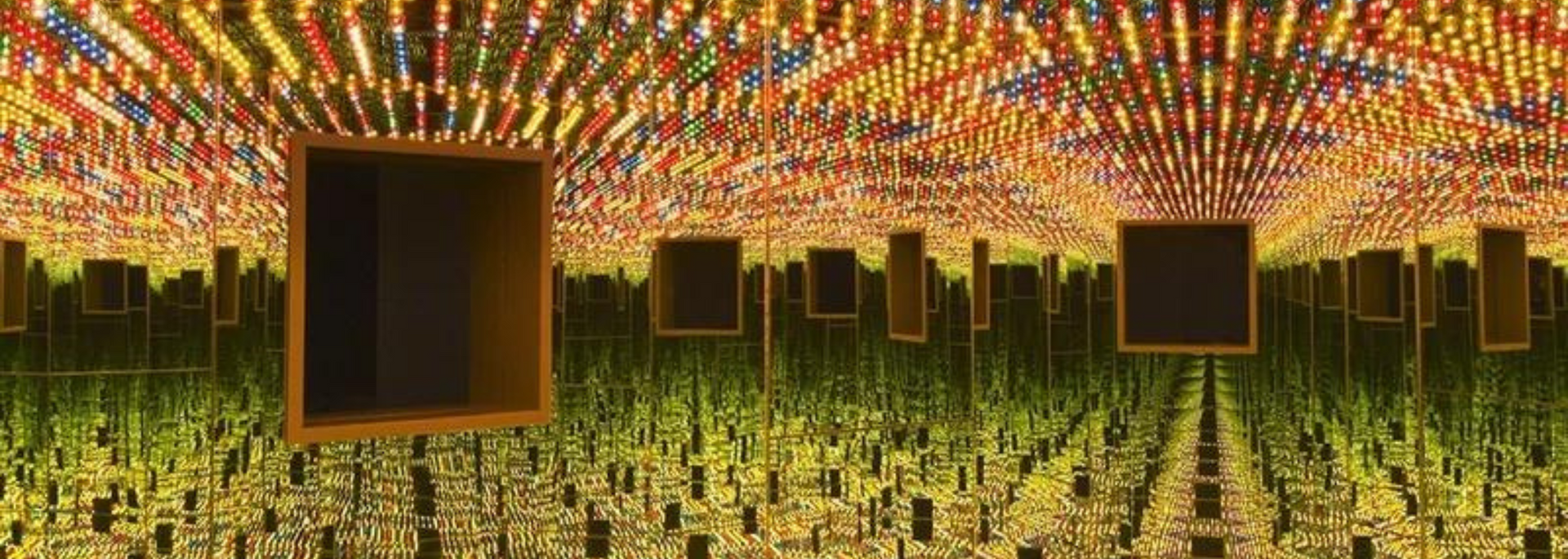
It includes many fabulous mirrored structures. Take her mirrored sculpture entitled The Universe as Seen from the Stairway to Heaven. When you take a look, your face is reflected infinitely inside the cube.
The other rooms tell a similar story. Whether you're standing beneath a rotating chandelier or walking on a reflective walkway, you're invited to peer into infinite spaces – all thanks to the way Kusama has artfully arranged the mirrors.
Kusama isn't the only contemporary artist to make use of infinity mirrors. Other examples include those by Taylor Davis, Anthony James, Guillaume Lachapelle, Josiah McElheny and Ivan Navarro. Meanwhile, in music, the composer Arvo Pärt aimed to capture the infinity mirror in sound with his 1978 work
Spiegel im Spiegel
("mirror in the mirror").
But the infinity mirror goes back much further than the 1970s. In Chinese Buddhism, the Huayan patriarch Fazang placed 10 mirrors around, above and below a statue of the Buddha. By torchlight, the room was filled with illuminated Buddhas.
3. Mediaeval hand mirror
In the Met Museum, New York, there's a 14th-century handheld mirror that measures a mere 11 centimetres by 10 centimetres. Its ivory case is decorated with an exquisite, intricate carving of a man and a lady hunting with falcons.

While the original mirror is missing, scholars believe it would have contained a flat, polished piece of copper or tin rather than mirrored glass.
Today, a compact mirror can be bought for a few pounds. Back in the 14th century, it was a clear indicator of wealth. The centre of the hand mirror industry was Venice – and it catered almost exclusively to royals and aristocrats.
It wasn't always thus, however. The oldest examples of mirrors for personal grooming are those seen on ancient Greek pottery. Like most mirrors from that time, these were made from polished obsidian, not glass.
4. Tudor "spirit mirror"
In the British Museum, there's an obsidian "spirit mirror". It was once used by Elizabeth I's advisor and court astrologer John Dee in an attempt to communicate with angels and apparitions.
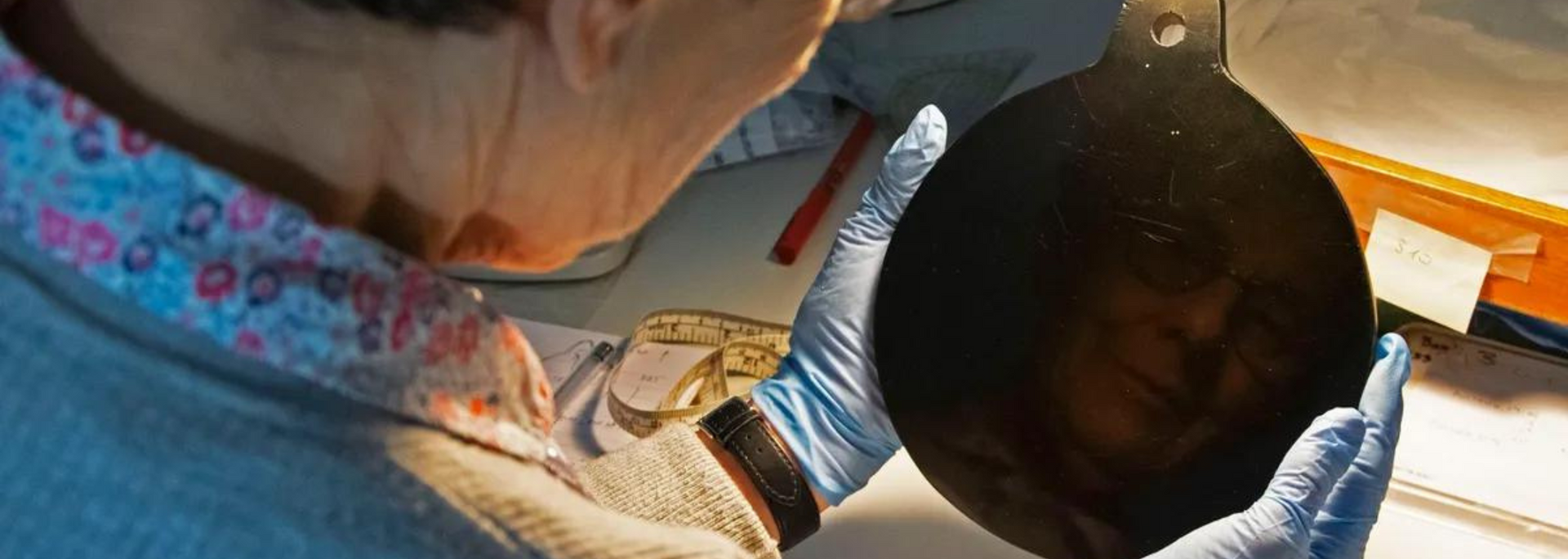
According to an article in Smithsonian magazine, the mirror originated in 16th-century Mexico, then under Aztec control. Dee may have bought it in Bohemia, now part of the Czech Republic.
It seems that the Aztecs believed mirrors to be portals to other worlds. It may have been this belief that led an occultist like Dee to bring it to England and use it in his divinations.
The mirror's wood case is covered in tooled leather. It has an inscription, believed to have been written by the 19th-century art historian and politician Horace Walpole.
The case isn't much to look at – but its history is quite something.
5. The Hall of Mirrors at the Palace of Versailles
Mirrors have long been associated with luxury – and this is perhaps nowhere more apparent than in the Palace of Versailles' famous Hall of Mirrors.
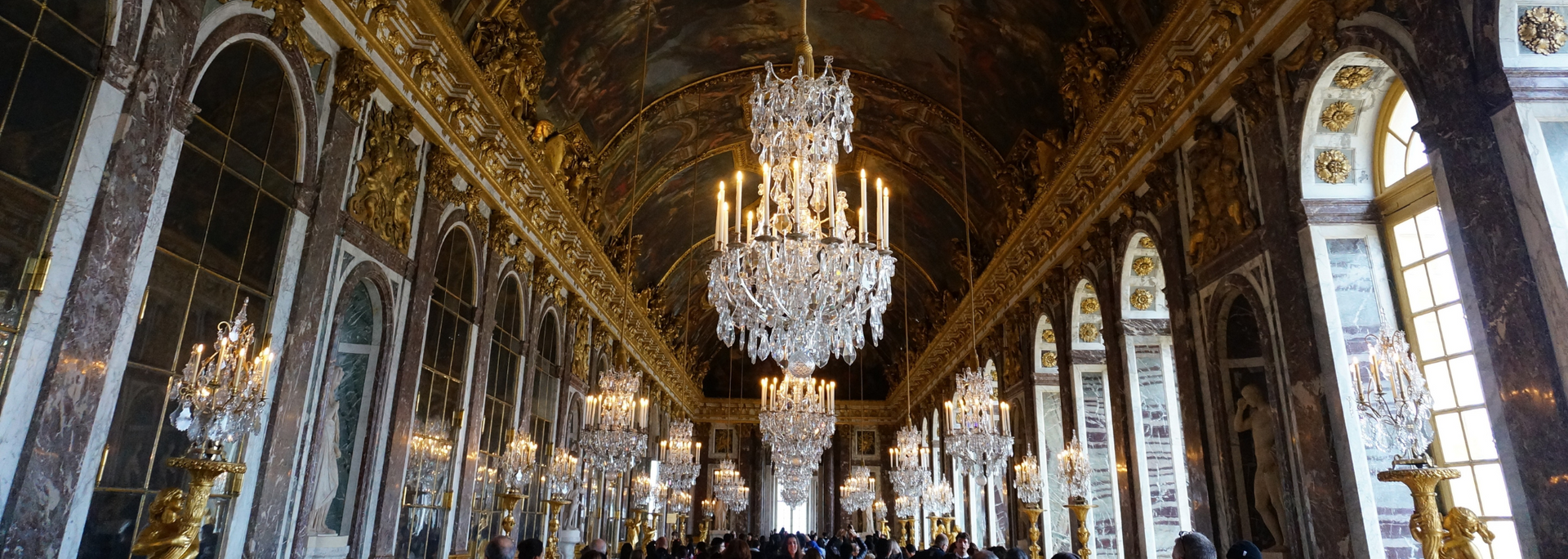
The Hall of Mirrors isn't home to one amazing mirror but 357 of the things. These luxurious items were a snub to Venice's monopoly on mirror-making – all part of the room's triumphal tribute to France's national successes.
The Hall of Mirrors is famous for another reason. It was here that the Treaty of Versailles was signed in June 1919. This treaty officially ended the First World War.
Final thoughts
So there you have it: five amazing mirrors from around the world. We hope they inspire you in your interior design journey or simply give you something interesting to look at. Who knows? They might even make you reflective…
Are you looking for
mirrored glass? At ToughGlaze, we stock only the best.
Get in touch with your requirements today.
This is a paragraph. Writing in paragraphs lets visitors find what they are looking for quickly and easily.
This is a paragraph. Writing in paragraphs lets visitors find what they are looking for quickly and easily.

| ToughGlaze LTD
